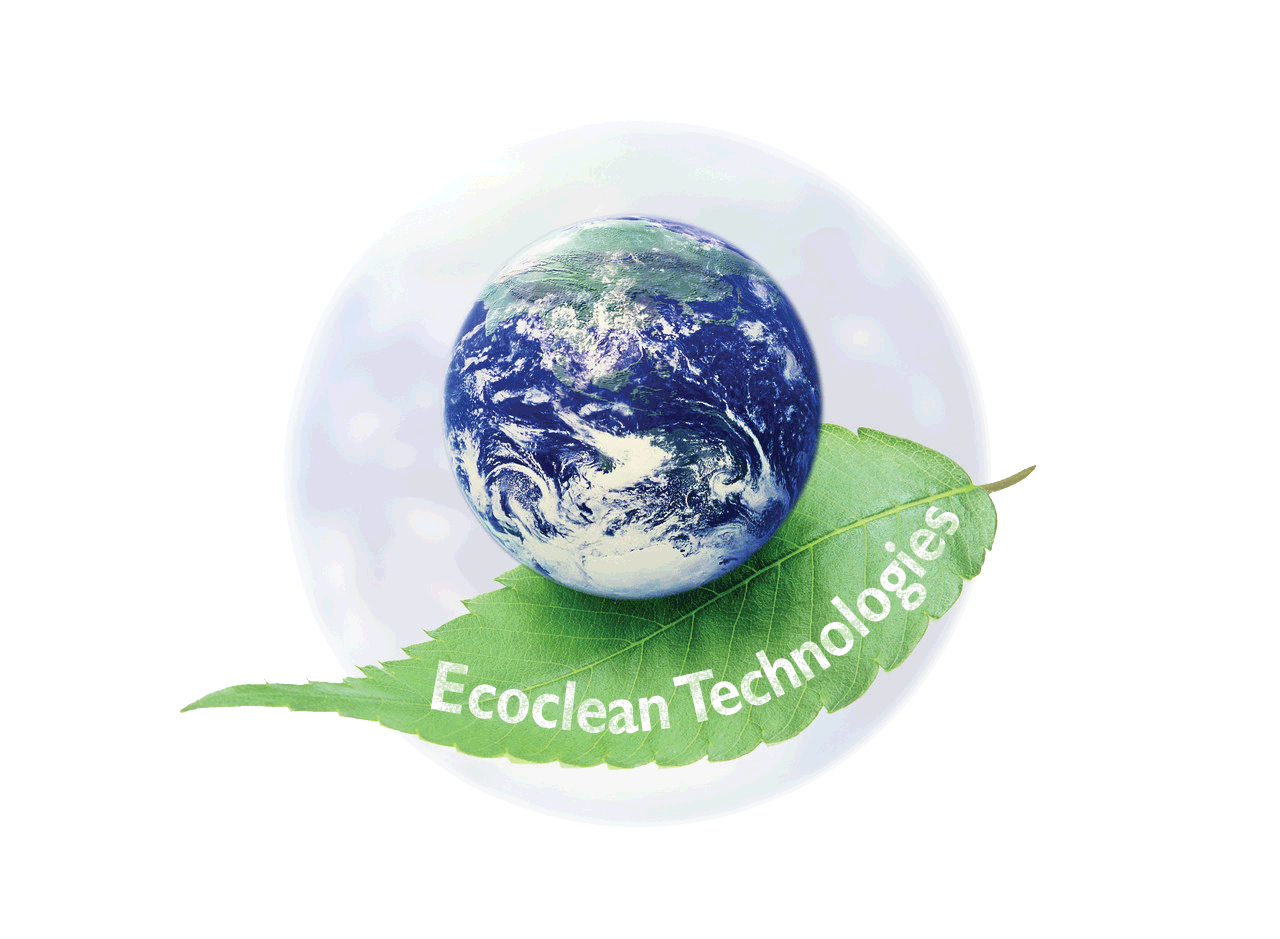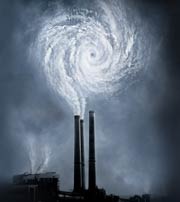Environmental Implications |
|
Supercrete is increasingly recognised as one of the most environmentally sustainable building materials available today. It has low material and energy usage in manufacture and a range of environmental benefits in use. With Supercrete Autoclaved Aerated Concrete, the low energy consumption which starts with production, continues throughout its life as a construction material in the completed building. Embodied energyThe total amount of energy consumed during the production of Supercrete AAC, including conditioning energy for raw materials, internal power consumption and energy content contained in raw materials which are not produced in the AAC plant (e.g. lime, cement, aluminium powder), is found to be approximately 2.1MJ/kg or 1005 MJ/m3 at an approximate density of 500 kg/m3. A comparison of Supercrete AAC with other common building materials reveals its relatively low embodied energy.
Operational energyThe modest energy consumption for its production is paid back faster during the life of the building due to Supercrete's insulating capacity. Additionally, the energy needed for heating and cooling of buildings can be reduced with a subsequent reduction in environmental impact. Well designed and constructed Supercrete buildings, being low in embodied and operational energy, have minimised life-cycle energy consumption. Heat capacity (Thermal mass)Supercrete AAC provides a useful thermal inertia, reducing the extremes of lighter framed structures, which have minimal thermal capacity, or heavy weight structures which provide less thermal insulation. This dynamic process which is a combination of heat capacity, thermal conductivity, and specific heat of the Supercrete building element, plays an important role in significantly increasing the effective R-value of Supercrete walls. A Supercrete building with this higher thermal inertia will have a lower temperature variance compared with a lighter, framed structure, meaning the inside temperatures will not fluctuate so much. While providing sufficient heat capacity for thermal benefit, Supercrete has very good thermal resistance qualities which means in many instances the use of supplementary insulation is unnecessary. Production emissionsEmissions of gases such as CO2, CO and NO2 which originate from steam generation in the production process are relatively low compared, for example, with burning processes involved in brick making. Raw materialsThe finished Supercrete product has a pore content of approximately 80% meaning 5m3 of Supercrete material can be produced out of 1m3 of raw materials. This cellular structure is what gives Supercrete its exceptional thermal, acoustic, and breathable properties. The low consumption of raw materials contributes to their conservation, compared to other construction materials. Product weight/volumeSupercrete has a dry density of 550kg/m3, giving it a dry density approximately one-quarter that of normal high density concrete. Supercrete's low weight has advantages for transporting as a good ratio of volume to weight permits full utilisation of transport capacity, and means effectively 1 truck of materials entering the manufacturing plant, leaves as 5 trucks of Supercrete product. RecyclingBy-products of AAC production including condensate from the autoclaving, hardened AAC waste, and unhardened AAC mixture, are recycled back into the production process. Being highly durable a Supercrete building will perform over many generations. If it needs to be retired, the building's structural materials are non-toxic and recyclable. Renewable energyWith the right design, Supercrete AAC makes an ideal material for active and passive solar systems to provide energy needs. Supercrete's thermal properties make it a very effective heat insulator and a natural choice for sustainable houses. Supercrete houses take less energy to heat or cool. Indoor air quality & moisture controlSupercrete AAC is open to diffusion; it will naturally extract or add humidity to the air of a room helping to moderate moisture levels. This is vital for maintaining correct relative humidity and maintaining a comfortable and mould-free living space. Thermal bridging & infiltrationUnlike frame construction, which leaves thermal gaps at every stud and lintel, Supercrete Blocks and Structural Panels provide structure and insulation in a single component. Supercrete's even insulating properties, and the whole wall coverage of all Supercrete building systems, prevents thermal bridging - a pathway between the cold outside surface of a building and the warm internal air of the room. Due to construction detailing, Supercrete houses have lower air infiltration than conventional stud frame houses with vented cavities, while still allowing the diffusion of moist air through the building envelope. |
||||||||||||||||||||||||||||||||||||


